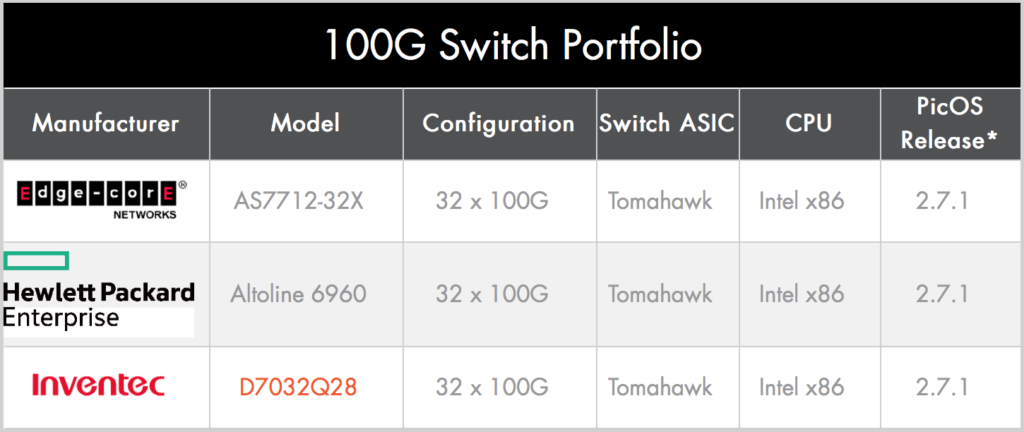Worth Reading: 60 Limit and the CCDE
The post Worth Reading: 60 Limit and the CCDE appeared first on 'net work.
Docker Momentum Mesmerizes and Threatens
 The Docker platform for Linux containers is growing fast -- but what does it mean for the ecosystem?
The Docker platform for Linux containers is growing fast -- but what does it mean for the ecosystem?
Samsung’s IoT Business To Grow With $1.2B Investment
 Company joins IBM, GE and others making big-dollar investments in IoT.
Company joins IBM, GE and others making big-dollar investments in IoT.
Reaction: Complexity Sells
Over at IPSpace this last week, Ivan pointed to a paper by Dijkstra (and if you don’t know who that is, you need to learn a thing or two about the history of routing protocols—because history makes culture, and culture matters—or, as the tagline on this blog says, culture eats technology for breakfast). In this paper, Dijkstra points out some rather important things about computer science and programming that can be directly applied to the network engineering world. For instance, Ivan says—
I was fascinated with Ivan’s take on this paper—particularly in that complexity is an area I find interesting and very useful in my everyday life as a designer—that I went and read the original article. You should, too.
I think Ivan’s observations are spot on, but I think it’s worthwhile to actually broaden them. From where I sit, after 25 years building and breaking networks, I agree that complexity sells—but it sells for two particular reasons. The reason, as Dijkstra said all those years ago (in computer terms), is this:
Since the Continue reading
Networking Startup Rethinks Routing
128 Technology says its session-aware virtual router provides simpler and more secure networking.
Pica8 Scales Up to 100G Ethernet
Pica8, early pioneer of disaggregated networking and SDN, today announced a new version of their switch operating system, PicOS v2.7.1. Normally I wouldn’t note a networking OS update, but probably the biggest single update for this release is the new support for 100GigabitEthernet switches, with support for both Broadcom and Cavium / XPliant ASICs.

Currently the Hardware Compatibility List for 100G only features Broadcom-based switches but that will undoubtedly change as relative newcomer Cavium / XPliant continues to challenge Broadcom for speed, features and flexibility. I’m also curious to know whether in the future we’ll see hardware on that list using the Barefoot Tofino™ ASIC as well.
In addition to expanding the supported hardware offerings from HP Enterprise, the HCL now also features the first Dell platform to be certified. Dell and HPE are positioning themselves quite effectively as the branded whitebox solution of choice and their devices are supported by a number of software vendors now.
But why do we care about 100G Ethernet, PicOS and more advanced ASICs?

That’s right; because we always want more than we currently have. And, I suppose, because we keep on scaling our networks with more, faster servers. Sure, we’ll Continue reading

